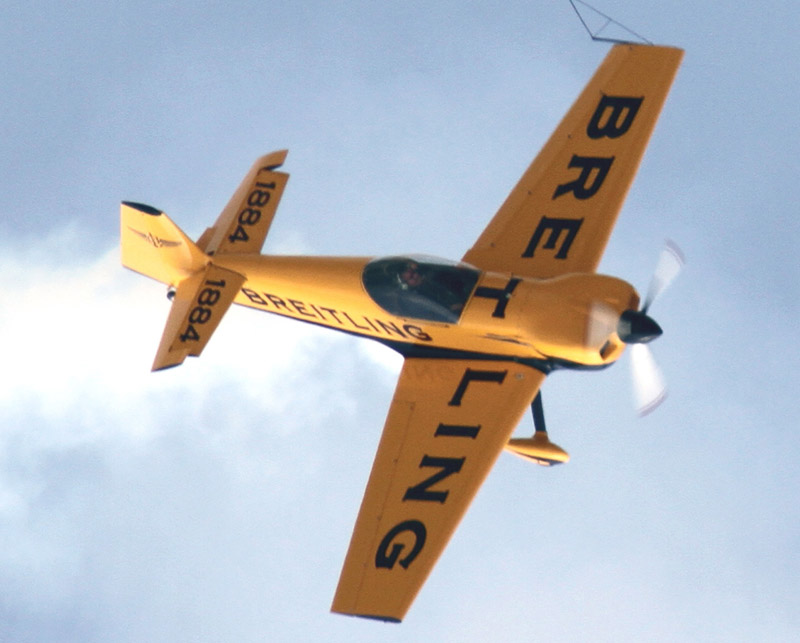| CAP |
|
CAP 232 . |
 |
|
Photo: Robert Deering
4/26/2014 NAS Fort Worth JRB (NFW) Fort Worth, Texas |
|
The CAP 230 was primarily developed in 1985 for the French Air Force. From the basic CAP 21 airframe, trailing edge apex triangular surfaces were added to the basic trapezoidal wing. The CAP 230 keeps a full wooden construction and certified to cope with +10/-10 G-forces. The CAP 231 was developed in 1990. The fuselage design remained unchanged and only leading edge triangular apex surfaces were added to reduce buffeting during high G pullups. The CAP 231 was world champion in 1990. To increase performance, in 1991, a carbon-fiber wing taken from an EXTRA 260 (thus the -EX name) was adapted to a few CAP 231 airframes. The CAP 231EX evolved in 1994. While the fuselage construction retained wood, a carbon-fiber wing was specially designed for durability and light weight. The design has won the World Championships in 1998, 2000 and 2007, as well as a number of other national-level competitions. With a roll rate of 420° per second and a climb rate of nearly 3,300 feet per minute, the CAP-232 is still well suited for the aerobatic circuit. The CAP 232 just like the -230 and -231/-231EX were slightly modified to strengthen the fuselage structure after a fatal accident in 2005 which grounded them for a full year. Fuselage rib n°2 holding the landing gear and the wing spar has been reinforced externally and internally. The planes are now back to competition and came second (individual with a -231EX), sixth with a -232, and first team at the WAC 2007. After 20 years, the basic CAP 230 airframe is still competitive. |
 |